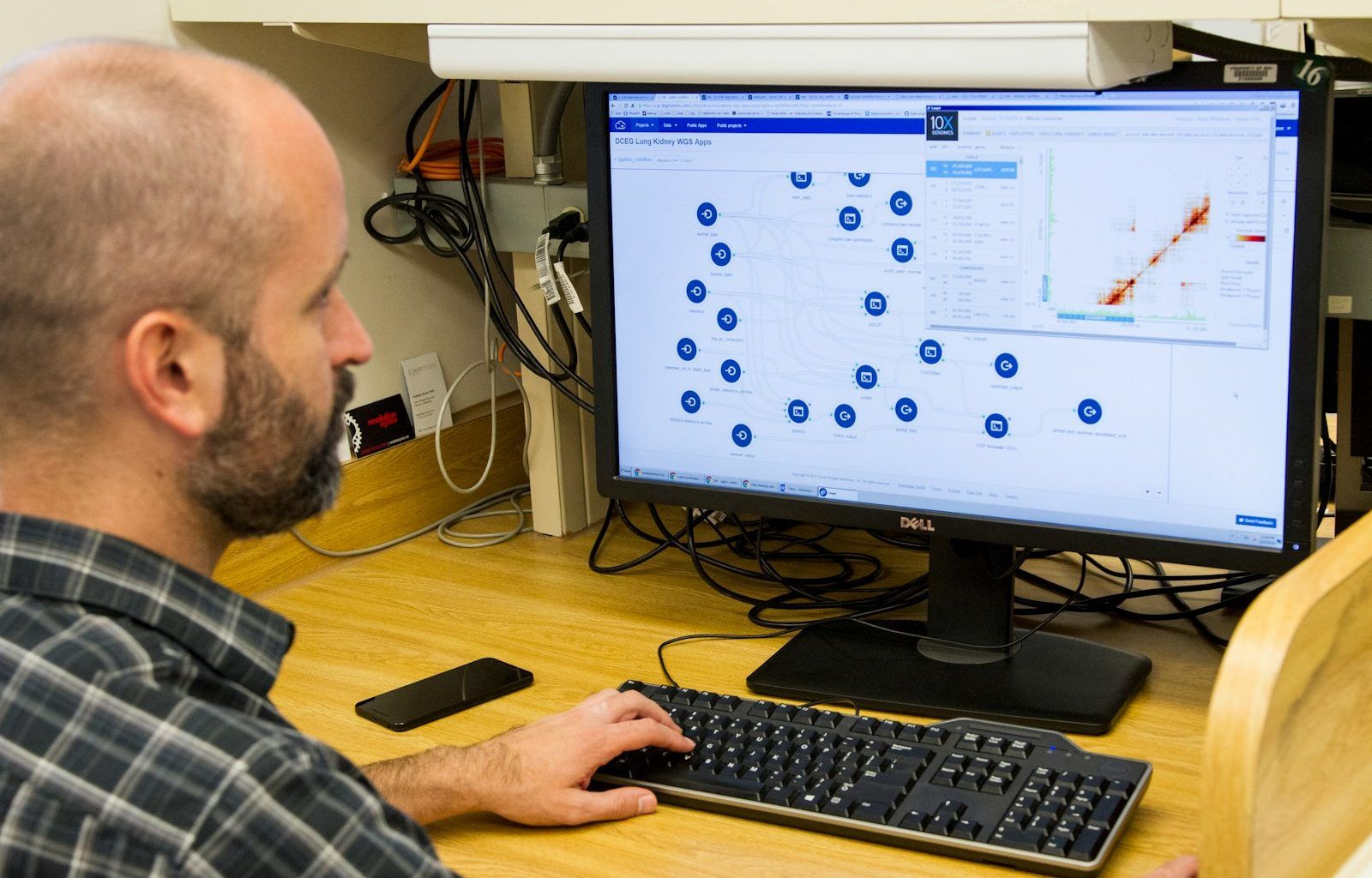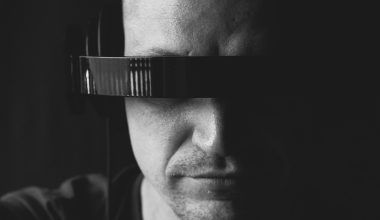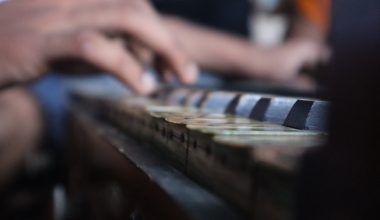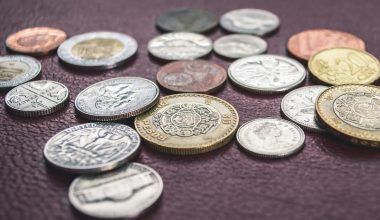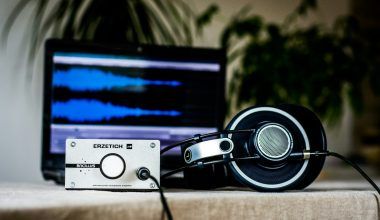Sampling is one of the coolest ways to create new music while paying homage to the sounds that inspire you. From hip-hop to electronic music, artists have used sampling to weave familiar beats and melodies into something fresh and exciting. But here’s the catch: sampling a song isn’t as simple as cutting and pasting. If you’re not careful, you could land yourself in legal trouble. Don’t worry, though! By the time you finish reading this blog, you’ll understand exactly how to sample a song legally and avoid any legal headaches.
What Is Sampling?
Before diving into the nitty-gritty, let’s start with the basics. Sampling is when you take a portion of an existing song—like a beat, melody, vocal, or riff—and use it in your own music. It’s like borrowing a spice from someone’s recipe to enhance your dish. However, in the world of music, you need permission to use that “spice” unless you’re prepared to face the consequences.
Why Do You Need to Sample Legally?
When you sample a song, you’re using someone else’s intellectual property. Every piece of music is protected by copyright law, which gives creators the exclusive right to control how their work is used. If you sample without permission, it’s like walking into someone’s house and taking their stuff without asking. Not only is it unethical, but it’s also illegal.
Getting the proper permissions ensures:
- You respect the original artist’s work.
- You avoid lawsuits that could cost you thousands or even millions of dollars.
- You can monetize your music without worry.
Steps to Sample a Song Legally
1. Identify What You Want to Sample
First, figure out which part of the song you want to use. Is it a drum loop? A vocal hook? A guitar riff? Knowing this helps you communicate clearly when seeking permissions. Keep in mind that even tiny samples can require clearance, so don’t assume a short snippet is exempt.
2. Research the Copyright Holders
Every song has two main copyrights:
- Master Recording Rights: These belong to whoever owns the actual recording of the song (often a record label).
- Composition Rights: These belong to the songwriter(s) and/or music publisher(s).
You’ll need to get permission from both parties unless the song is in the public domain (rare for modern music).
3. Contact the Copyright Holders
Once you know who owns the rights, reach out to them to request permission. You can usually find this information through performing rights organizations (PROs) like ASCAP, BMI, or SESAC. You can also check the song’s credits on platforms like Spotify or YouTube.
When contacting them, include details like:
- The exact portion of the song you want to sample.
- How you plan to use it (e.g., in a commercial song, film, or video).
- Where the music will be distributed.
4. Negotiate a License Agreement
If the copyright holders agree to let you use their work, they’ll provide a licensing agreement. This might include:
- A flat fee: A one-time payment.
- Royalties: A percentage of revenue from your song.
- Credit requirements: A condition to credit the original artist in your work.
The terms will depend on factors like the popularity of the song and how much of it you’re using.
5. Keep All Agreements in Writing
Verbal agreements won’t hold up if there’s a dispute. Make sure you have everything documented, including emails, contracts, and payment receipts. This protects you in case of misunderstandings later.
Alternatives to Sampling
If getting permission feels overwhelming or too expensive, here are some alternatives:
Use Royalty-Free Samples
Many websites offer royalty-free samples you can use without worrying about clearance. Platforms like Splice, Loopmasters, and Cymatics provide high-quality loops and sounds that are legally safe to use.
Recreate the Sample
Instead of using the original recording, hire a musician or producer to recreate the part you want. This way, you only need to clear the composition rights, not the master recording rights.
Public Domain and Creative Commons
Some music is in the public domain, meaning it’s free for anyone to use. Similarly, Creative Commons licenses allow creators to specify how their work can be used. Just make sure to double-check the terms.
What Happens If You Don’t Sample Legally?
Sampling without permission can have serious consequences:
Lawsuits
Artists like Robin Thicke and Pharrell Williams faced a $5 million lawsuit for copying Marvin Gaye’s “Got to Give It Up.” Legal battles like these can drain your finances and tarnish your reputation.
Song Removal
Platforms like Spotify and YouTube may remove your song if it’s flagged for copyright infringement. This could mean losing potential fans and income.
Fines and Damages
If you’re found guilty of copyright infringement, you could be ordered to pay hefty fines, which can range from thousands to millions of dollars.
Final Thoughts
Sampling is an incredible tool for musicians, but it comes with responsibilities. Learning how to sample a song legally not only protects you from legal trouble but also shows respect for the artists who inspire you. By following the steps in this guide, you can enjoy the creative freedom of sampling while keeping everything above board.
Remember, taking the time to do it right is always worth it. Now, go make something amazing!
For further reading, explore these related articles:
- Circles Post Malone Lyrics – A Song About Love, Loss, and Life
- Billie Eilish’s Big Moment at the Oscars 2022: A Night to Remember
For additional resources on music marketing and distribution, visit DMT Records Pvt. Ltd..
